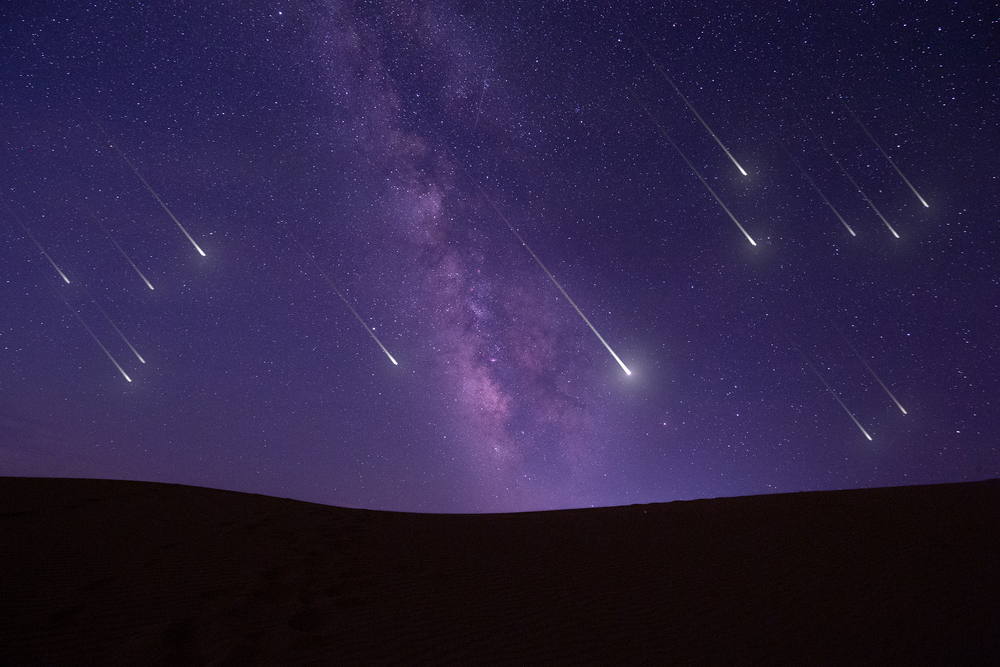In the heart of the holiday season and the festive buzz of December, there is yet another event to look forward to: the annual extravaganza, the celestial spectacle—the Geminid meteor shower.
A glittering display
The skies promise a thrilling show tonight, Wednesday, December 13, through Thursday, December 14, painting up to 150 breathtaking meteors per hour across the star-studded canvas.
Unlike other meteor showers, the Geminids are caused by an asteroid, 3200 Phaethon, and leave a mesmerizing trail of debris as Earth travels through its cosmic wake. These meteors, known for their vibrant and colorful display, have a characteristic greenish tinge that distinguishes them from other showers visible in the night sky.
A heavenly (and accessible) delight
Lead for the Meteoroid Environment Office at NASA‘s Marshall Space Flight Center in Huntsville Bill Cooke praises them, saying, “They’re pretty meteors!” These cosmic treasures light the night sky and are visible to all enthusiasts with no additional equipment. All you need are your naked eyes!
According to the American Meteor Society, you should begin this cosmic adventure around 22:00 on December 13, with the peak coinciding beautifully with the new Moon. Prepare for a fascinating nocturnal experience that will begin after nightfall and continue into the early morning hours—a show not to be missed.
Gemini constellation and beyond
While the Geminids radiate from the constellation of Gemini, these meteors move over the entire sky, making any viewing angle a spectacle. So, broaden your horizons!
The orbital story of 3200 Phaethon, which swings from scorching closeness to the Sun to vast ranges beyond Mars, gives information on the stunning genesis of the Geminids. During Earth’s periodic collision with its debris path, its fractured surface spews cosmic particles into space, creating this brilliant spectacle.
A cosmic collision
The Earth’s passage along this celestial path causes a meteor shower. While meteor showers can be surprising, the Geminids are a favorite among stargazers because of their constant and brilliant displays.
A captivating and predictable show
Admire this annual cosmic ballet, and while meteor showers may dance to their own beat, the Geminids promise a celestial display that rarely disappoints.











